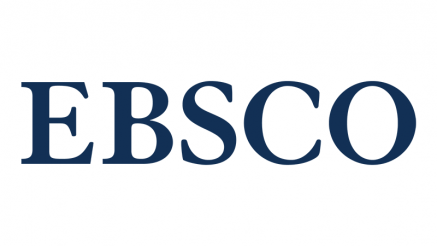Optimización con múltiples objetivos utilizando Tabú Search
Abstract
En este artículo se muestra el uso de una meta-heurística usando la teoría de optimización multiobjetivo para encontrar árboles óptimos para transmisiones multicast teniendo en cuenta 4 objetivos, como lo son la minimización de la utilización máxima de enlaces (MLU), el número de saltos (HC), el consumo total de ancho de banda (BW), y el retardo destino-a-destino (DL).
Esta técnica es Tabú Search, la cual es una heurística y se caracteriza por hacer uso de memoria para realizar una búsqueda inteligente. Tabú Search obtiene su nombre al hacer que ciertas soluciones no sean aceptadas por ser Tabú (prohibidas), esto es para evitar que soluciones que ya han sido visitadas sean seleccionadas nuevamente. Tabú Search usa la premisa de que para que un método califique de inteligente debe hacer uso de memoria para guiar la búsqueda y evitar caer en la optimalidad local.
/
This article shows the use of a heuristic procedure using the Multi-Objective theory to find optimal trees for multicast transmissions having in consideration 4 objectives, which are the minimization of the maximum utilization of the links, the Hop count (HC), the Bandwidth (BW) and the Delay.
This technique is Tabu Search which is a heuristic that characterizes for making use of memory to realize an intelligent search. Tabu Search gets its name by making some solutions unavailable for being Tabu (forbidden), this in order to avoid solutions that have been visited in the past to be selected again. Tabu Search uses the premise that in order for a method to be labelled as intelligent it must incorporate the use of memory. Tabu Search uses this memory to guide the search and avoid falling in local optimality.









